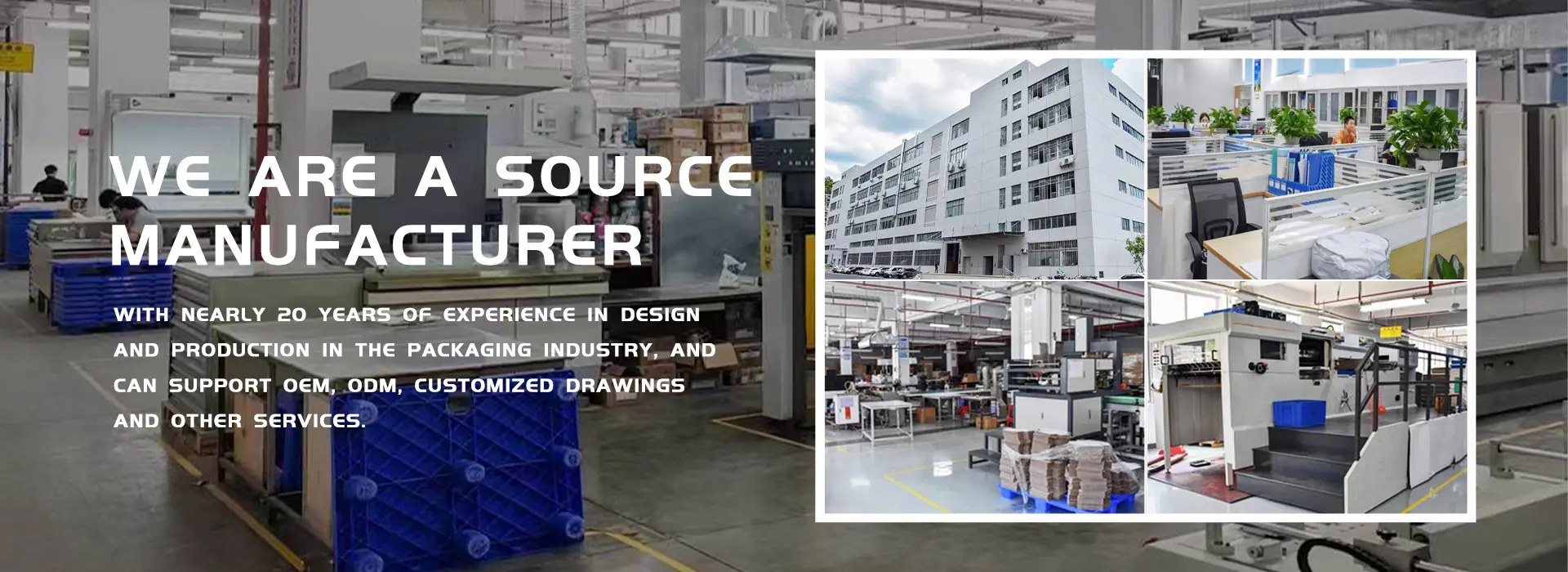- Jeffchen2121@gmail.com
- +86-18688742252
- Language
Insights into food packaging trends 2
Tue Apr 05 18:23:45 CST 2022
2. Safety first
Hazardous substances are not limited to the food itself - they can also come from packaging materials. In 2010, researchers at the Zurich Food Safety Authority in Switzerland found that mineral oil residues in cardboard packaging migrate to food. The root of the problem is that the inks used in newspaper printing enter the packaging through recycled paper. Trace residues also occasionally come from inks used to print food packaging. These mineral oil residues can evaporate at room temperature and migrate to dry foods such as flour, rice or cornflakes. Even as long as the food transport packaging contains recycled paper there is a potential for mineral oil migration. According to the Joint Committee of Experts on Food Additives of the World Health Organization and FAO, some mineral oils may cause cancer.

BASF is well-prepared for food barrier packaging solutions and has developed a variety of inherent barrier barrier materials suitable for different packaging. For food packaging, they are actually a thin film of only 10 to 15 microns (1/10 of the diameter of a hair), but can effectively filter large-sized toxic mineral oil molecules while allowing smaller-sized water molecules unobstructed.

In China, the problem of ink contamination on food packaging is just beginning to attract attention. Since most food packaging in China does not introduce safe and edible ink for printing, food safety experts remind consumers to pay attention to whether there are barrier materials in food packaging when choosing food.

Chinese food manufacturers have also begun to pay more and more attention to how to ensure the safety of food packaging on the basis of satisfying the fast life of urbanites. Recently, BASF and one of the major domestic producers of retort pouches and food packaging, Zhuhai Fucheng Technology Co., Ltd., jointly developed a food retort pouch that can be produced efficiently. This retort pouch can withstand the high temperatures of sterilization while providing an excellent barrier to steam. Since no solvent is required in the production process, there is no problem of solvent discharge and no solvent residue in packaging.

Mineral oil barrier material protects food
Food packaging is often produced from recycled paper fibers. These recycled paper packages may contain newspaper printing inks -- the main source of harmful mineral oil residues in cardboard, researchers have determined. These mineral oil residues can evaporate at room temperature and migrate to dry foods that contain fat, such as noodles.

Mineral oil residues can come from:
1. The inside of the contaminated package body
2. Contaminated outer packaging, such as corrugated board packaging used to support the product in transit
3. Nearby contaminated packaging, such as those on supermarket shelves or transport trucks

3. Environmental protection
In addition to keeping food fresh, more and more consumers want packaging that can be recycled. Swedish carton maker Tetra Pak surveyed 6,000 consumers in 10 countries and found that recycled food packaging was one of the public's top choices because it was perceived as more environmentally friendly.

Consumers and legislators are increasingly paying attention to packaging issues, primarily to encourage efficient use of resources. This trend is particularly evident in Europe. In the case of the Netherlands, packaging producers are taxed according to the average CO2 emissions of the packaging material – 0.36 - 0.57 euros per kilogram of aluminium and 0.06 euros per kilogram of cardboard.

The market demand for biodegradable renewable materials is also increasing. For example, beverage boxes and food containers can be produced from biodegradable plastics that use a certain percentage of renewable raw materials. After use, the product can be disposed of and composted with food scraps.

In China, with the enhancement of people's awareness of environmental protection, recyclable paper food packaging is becoming more and more popular. According to statistics, paper packaging currently accounts for about 40% of China's packaging materials, and this proportion may further increase.

4. Smart Packaging
Some high-tech and new technologies are also constantly being introduced into the food packaging industry. The development of the Internet of Things has allowed the integration of sensors, chips, and printed electronic labels with the traditional packaging industry. In the future, "smart" or "active" packaging will reduce food waste. Experts around the world are working to find new ways to inform consumers about the perishability of food and prevent food spoilage. These new systems will provide information on the current state of the product while extending shelf life with deoxidizers or special acids. For example, the US company Sonoco is developing a package with an integrated microchip that can collect product status information, such as humidity and temperature, and issue an alert when a preset temperature value is exceeded or fallen below.

Of course, for business, the introduction of intelligent technology must first consider the cost issue. For some high value-added foods, such as high-end health products, high-demand fresh-keeping food, etc., the introduction of intelligent packaging is an attempt to further enhance the added value and availability of products.
















































